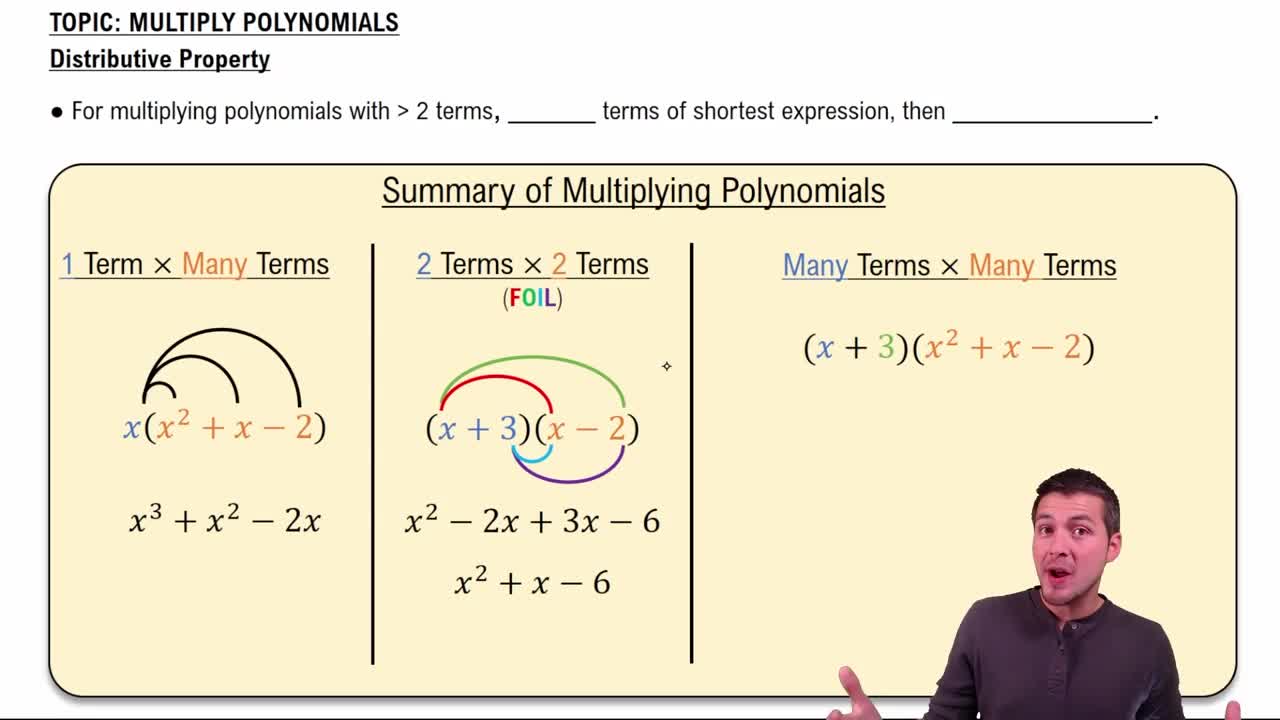Radical Expressions
Radical expressions involve roots, such as square roots or cube roots. They are written using the radical symbol (√) or the cube root symbol (∛). Understanding how to manipulate these expressions is essential for simplification, which often involves identifying perfect squares or cubes within the radicand.
Recommended video:
Radical Expressions with Fractions
Cube Roots
The cube root of a number x, denoted as ∛x, is a value that, when multiplied by itself three times, gives x. For example, ∛27 = 3 because 3 × 3 × 3 = 27. Recognizing perfect cubes, such as 1, 8, 27, and 64, helps in simplifying cube root expressions effectively.
Recommended video:
Imaginary Roots with the Square Root Property
Simplification Techniques
Simplification techniques for radical expressions include factoring the radicand into its prime factors and identifying any perfect squares or cubes. This process allows for the extraction of whole numbers from the radical, making the expression easier to work with. For instance, ∛81 can be simplified by recognizing that 81 = 27 × 3, leading to ∛81 = ∛(27 × 3) = ∛27 × ∛3 = 3∛3.
Recommended video:
Multiply Polynomials Using the Distributive Property
 Verified step by step guidance
Verified step by step guidance Verified Solution
Verified Solution

